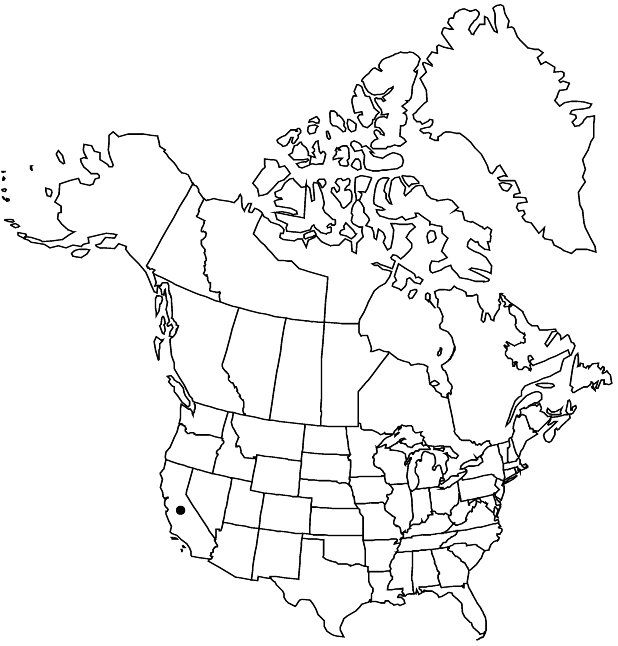Heuchera hirsutissima
Minnesota Stud. Pl. Sci. 2: 110. 1936,.
Herbs acaulescent; caudex branched. Flowering stems 10–40 cm, short stipitate-glandular and sparsely long stipitate-glandular. Leaves: petiole long stipitate-glandular; blade orbiculate to reniform, shallowly 5-lobed, 1–1.5 cm, base cordate, lobes rounded, margins dentate, apex obtuse, surfaces long stipitate-glandular. Inflorescenses dense. Flowers: hypanthium strongly bilaterally symmetric, free 0.8 mm on abaxial side, 1.8 mm on adaxial side, pink, narrowly cylindric, 5–6.5 mm, short stipitate-glandular proximally, densely long stipitate-glandular distally; sepals spreading, green- and red-tipped, unequal, 0.5–1.5 mm on abaxial side of hypanthium, to 0.5 mm on adaxial side, apex rounded; petals spreading, white, oblanceolate, (clawed), unlobed, 2–2.5 mm (equaling or longer than sepals, rarely shorter), margins entire; stamens exserted to 0.5 mm; styles included to 0.5 mm, 1.5 mm, 0.1+ mm diam. Capsules ovoid, 3 mm, beaks divergent, not papillose. Seeds dark brown, ellipsoid, ca. 0.7 mm. 2n = 14.
Phenology: Flowering Jul–Aug.
Habitat: Fir and subalpine forest
Elevation: 2100-3500 m
Discussion
Of conservation concern.
Heuchera hirsutissima is known from Mount San Jacinto and the San Jacinto Mountains of Riverside County and possibly the San Bernardino Mountains of San Bernardino County. It resembles H. caespitosa and H. elegans, except for its densely villous hypanthium and minute adaxial sepals.
Selected References
None.
